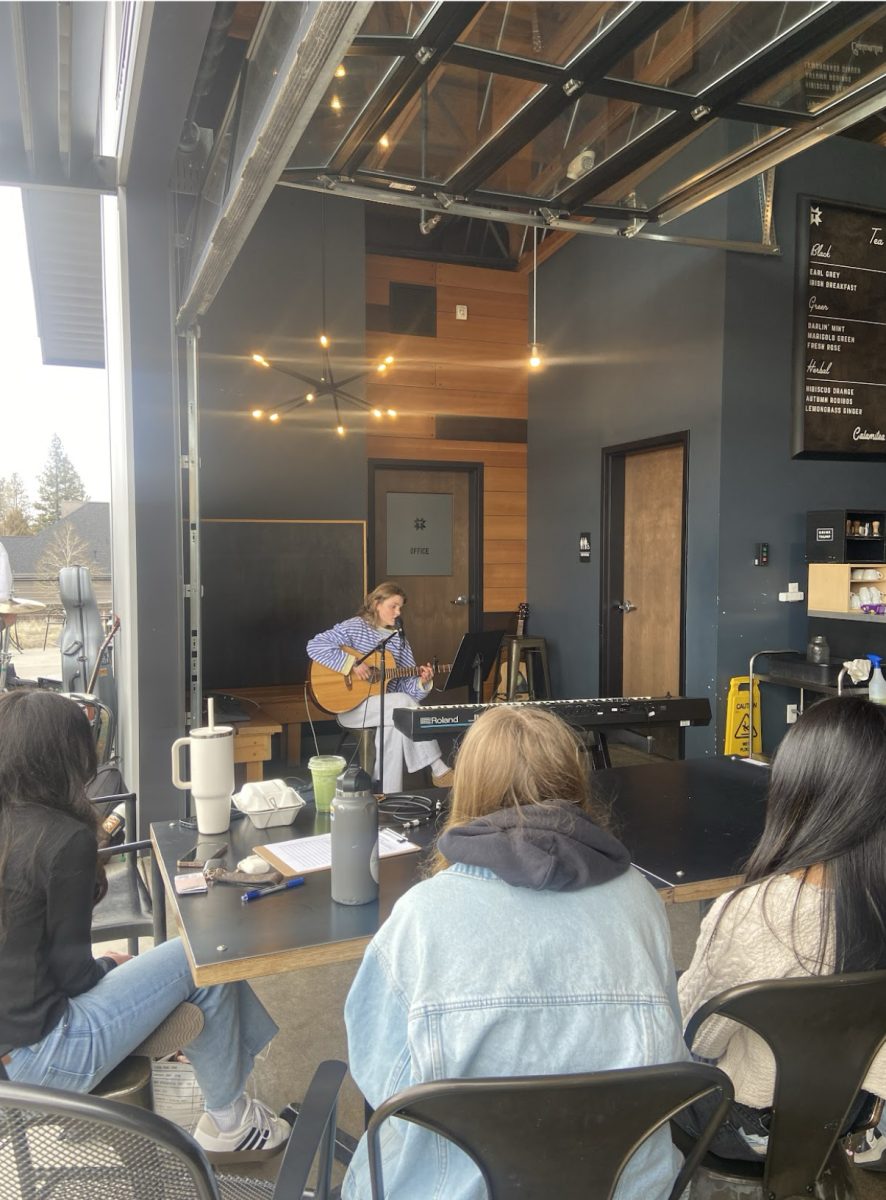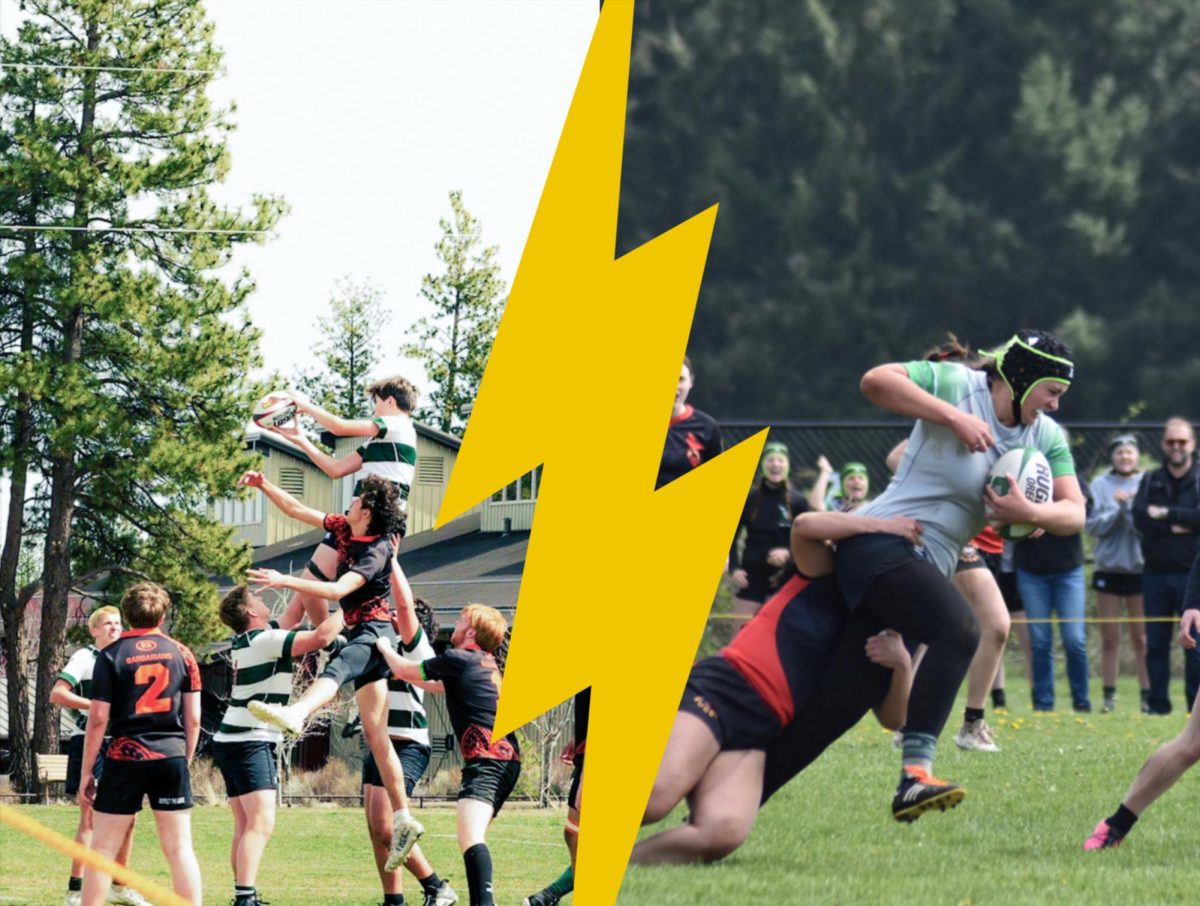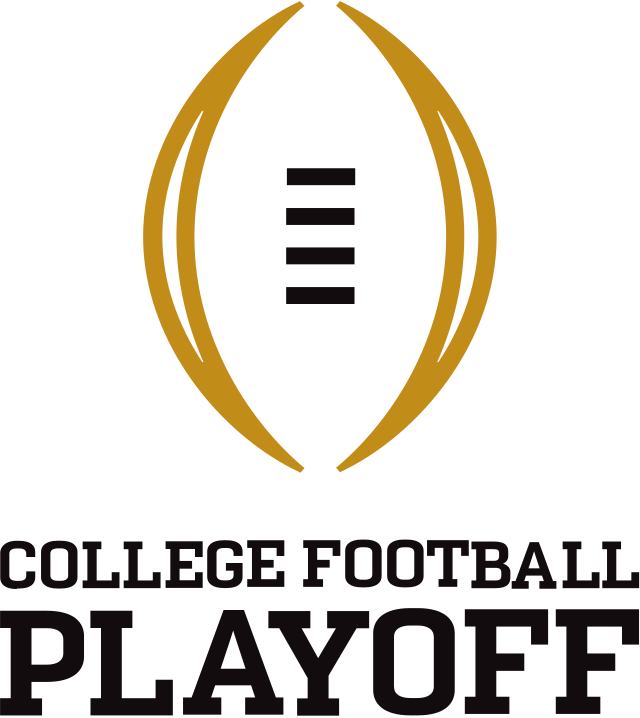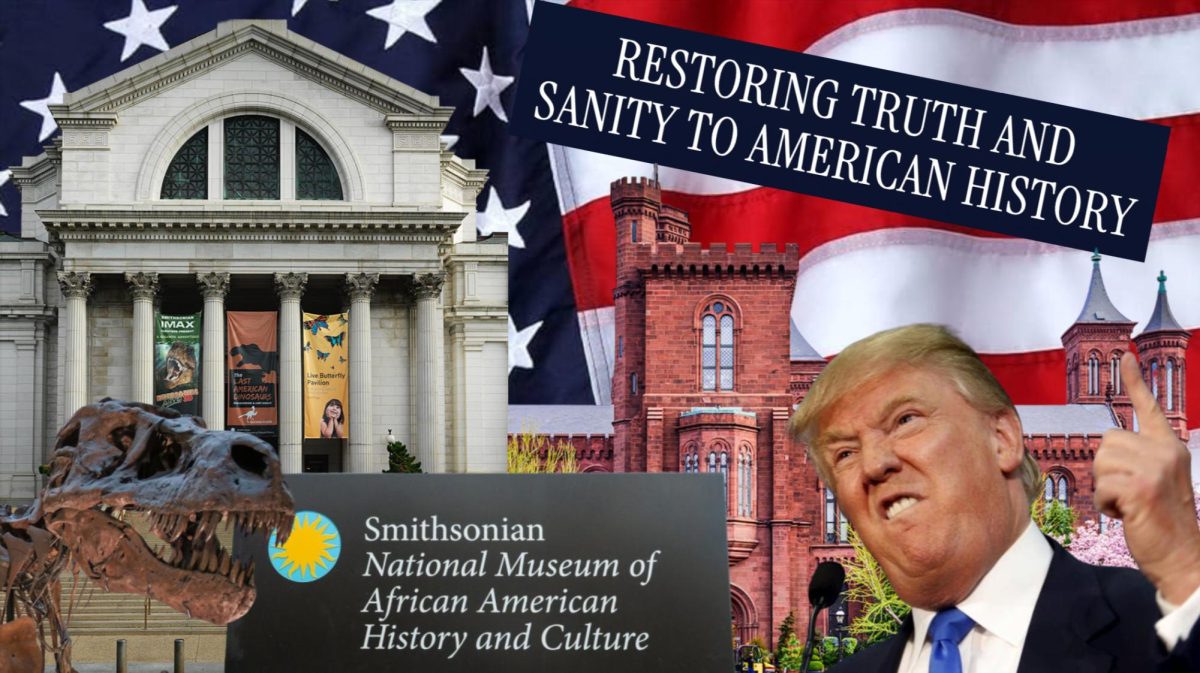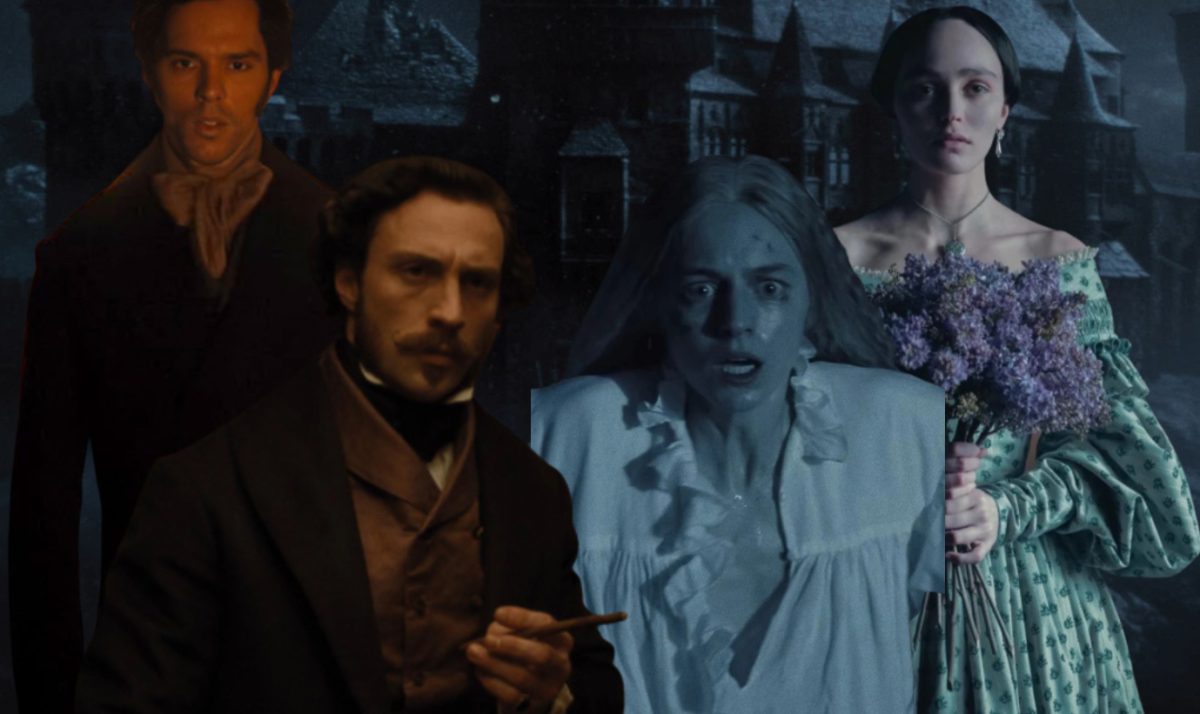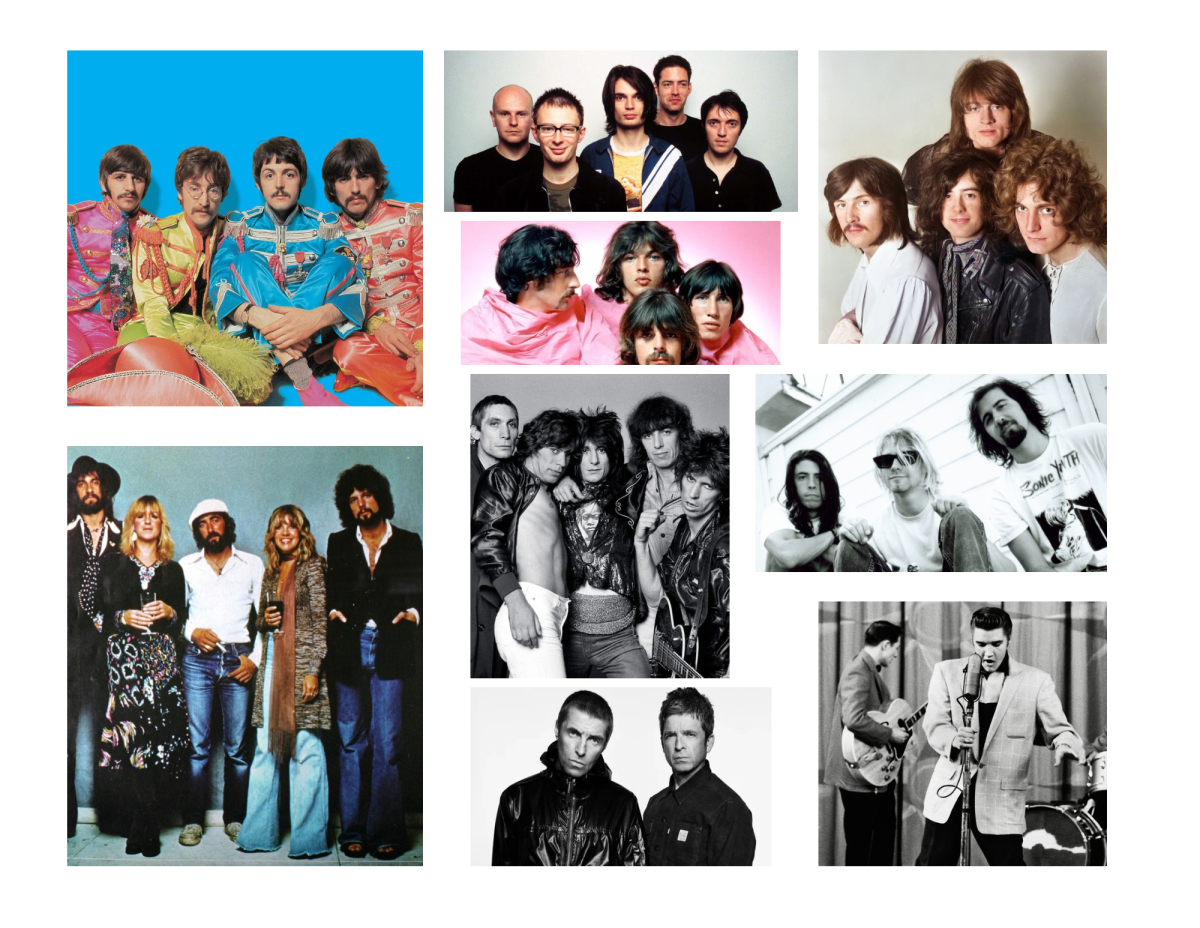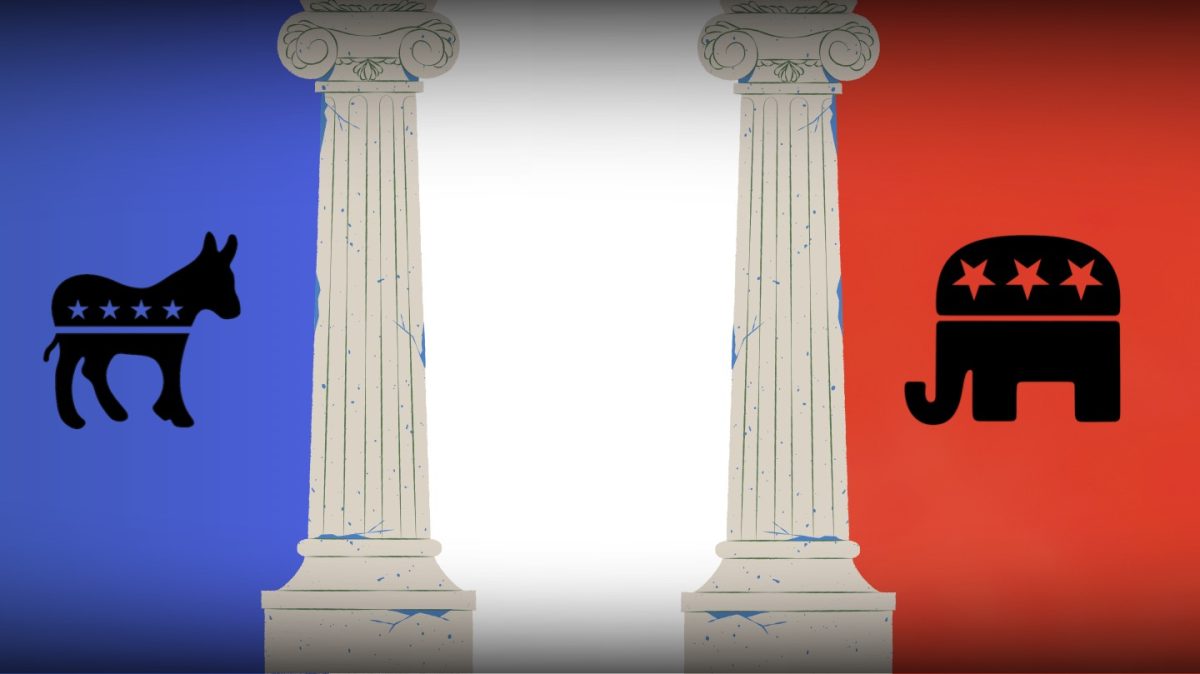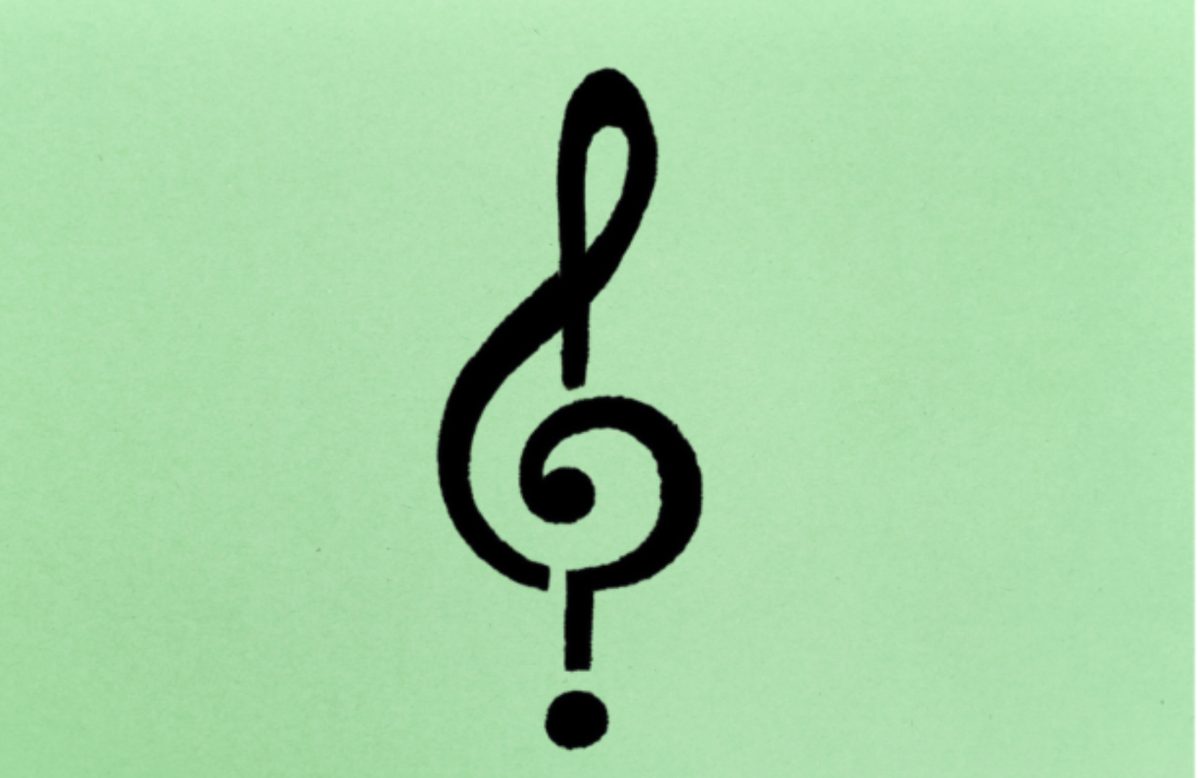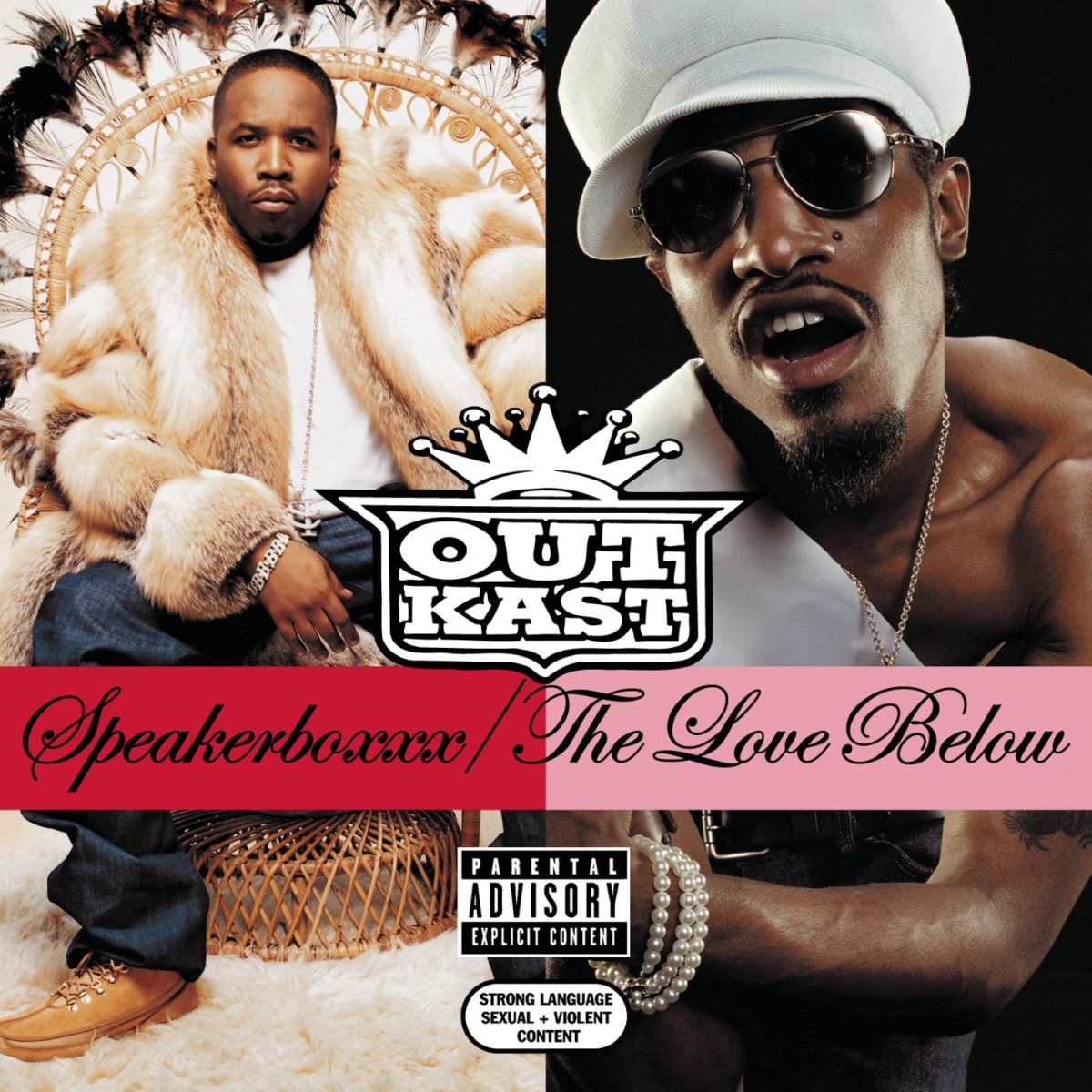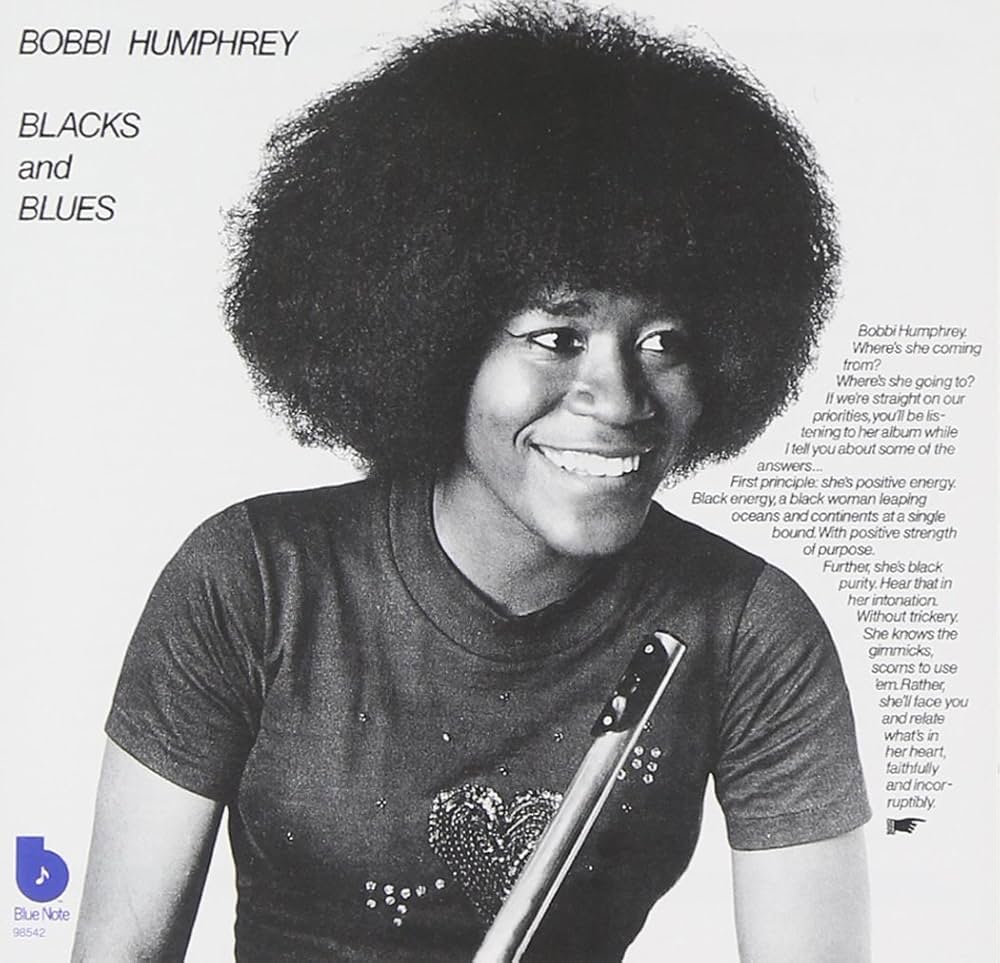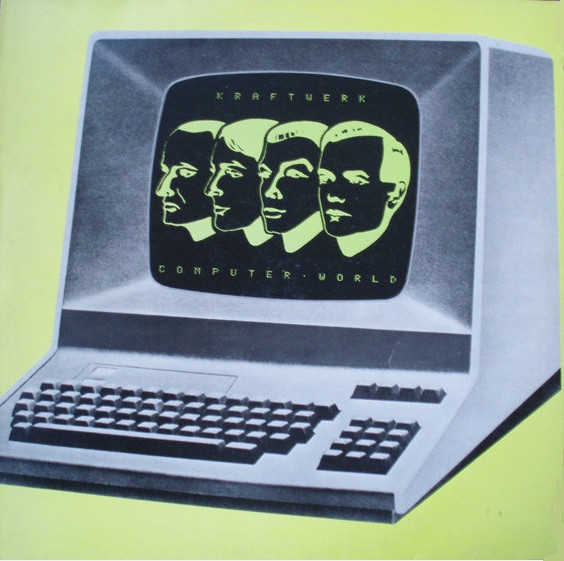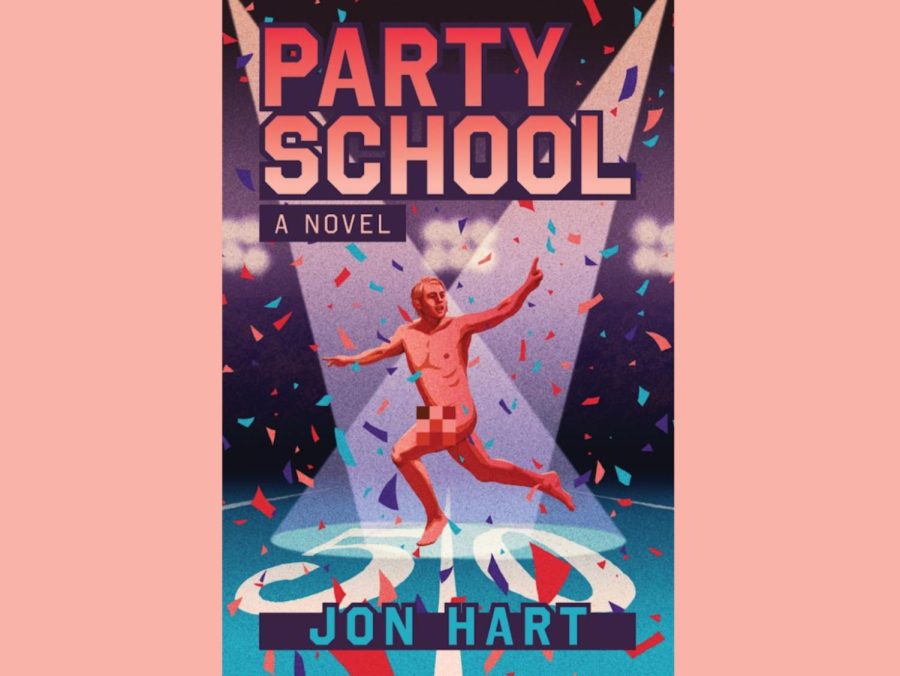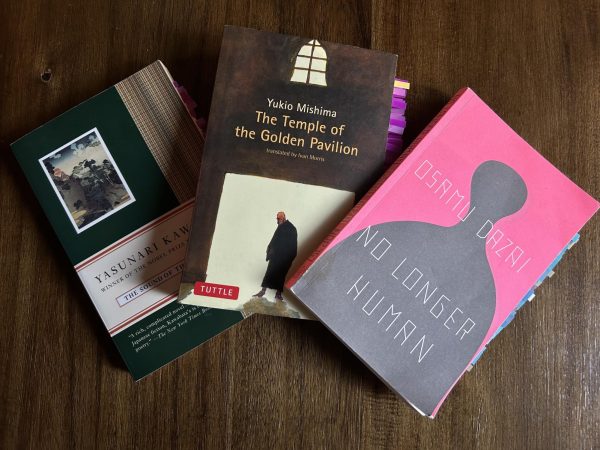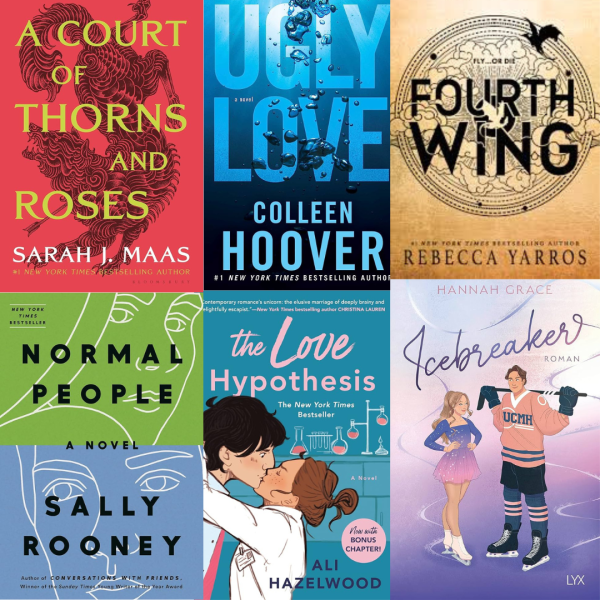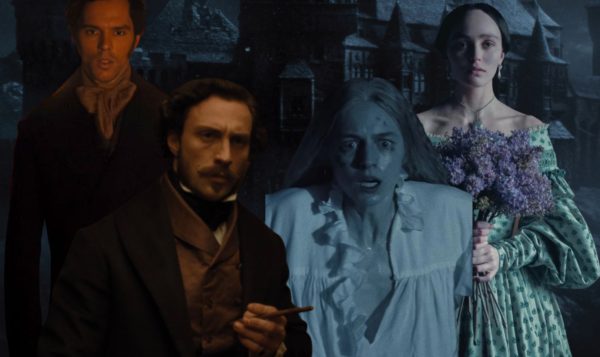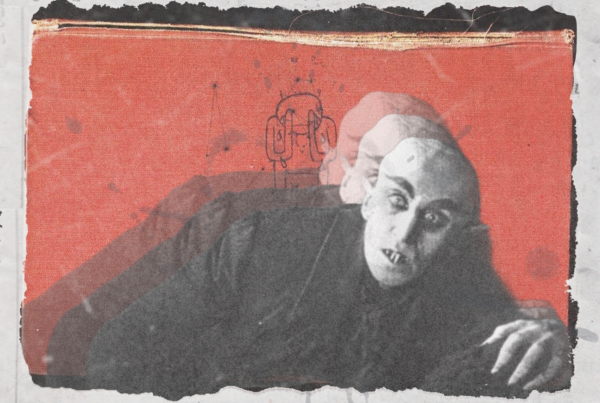“Party School” Stagnates After Midnight
Jon Hart’s debut novel is a coming-of-age story that lacks nuance
Imagine you’re fresh out of high school, attending a college everyone discourages you from just because they’re the kind of people to sneer at anything less than an Ivy League. Simply put, the standard of the school isn’t good enough, known by others as the “stoner” school. In a world where teenagers are under immense pressure to achieve, it’s interesting to hear a different story.
Jon Hart depicts this teenage uncertainty perfectly in his debut novel, “Party School,” which takes readers along with the main character, Dylan, as he experiences all the quintessential teenage firsts—from trying alcohol and getting high second-hand, to streaking across the football field during halftime. Set in the fictional town of Castleton, the tale covers Dylan’s transition from a high-standards high school to college, the infamous “North South,” known primarily for the students Dylan’s hometown considers failures.
Hart’s writing is also mildly awkward, like a teenager’s. Most of Dylan’s sentences start out with “yeah, ___,” enough that it becomes an aggravating catchphrase for most of the book. Most sentences are formulaic and simple, with straightforward meanings and little-to-no critical thinking required, reflecting the general contents of the book. The only ways to keep the story moving forward are Dylan riding the bus back to his town, or to college, a device that necessitates a third of the book spent on a bus.
The main thing lacking from Hart’s storytelling, however, is an interesting plot. Dylan’s relationship issues are the main factor preventing him from acclimating to his college, and his clingy parents don’t do him any favors with the gift of a lavender bedspread. Dylan’s main thoughts are to frequently lament about his former status as Castleton High hockey’s “fifth-string goalie,” his failed high school career as a glee club singer and how much being at North-South sucks. His story, although it reflects real issues, is not investing past a surface level.
Besides the relationship uncertainty, not much takes place in “Party School.” Readers are introduced to Rosemary Silversmith, Dylan’s unpredictable girlfriend, within the first chapter. Her personality—being beautiful—is as shallow as she is. From the beginning, Hart describes Rosemary as disproportionately popular and beautiful compared to Dylan, yet somehow, she was interested in him in the first place. However, when both leave for separate colleges, Rosemary confuses Dylan by telling him she wants to take a break, causing the two to not use their phones for three weeks.
Yet, throughout Rosemary and Dylan’s entire communication hiatus, Dylan is plagued by questions of whether or not the two are still an item, even when she starts dating someone else. This confusion follows him throughout the rest of the book, leaving Dylan with a constant “she loves me/she loves me not” mindset that prevents him from having a real character arc.
Dylan ends up much in the same place he started, albeit with a newfound appreciation for his stoner-roommates, and single to boot. Hart’s writing is not inherently bad—in fact, it is witty, and at times, provokingly risky. Case in point: a rich kid pretended his parents were part of the Taliban, coining him the nickname “TTK”—short for “The Taliban Kid”—only to later find out that he was a liar. Although this side plot did not have any true meaning to the story, it was just random enough to keep the book moving in a direction other than Dylan traveling back and forth between his home and college.
“Party School,” like many coming-of-age novels, is devoid of adept characterization. Dylan does not have the character arc that makes the novel an investing read. His girlfriend, Rosemary, suffers from the same problem, as do the other main ensemble members. Their one defining characteristic doesn’t propel the plot forward, but keeps it cycling in a stagnant, repetitive story that ultimately does not serve any real purpose. However basic the writing—the story underneath does not do Hart’s novel any favors.
* A previous version of this story mistakenly referred to Castleton as a real town in Vermont. It is, however, fictional, and any references to Castleton have been corrected.*

When she isn’t busy catching grammar errors and writing pieces for the Pinnacle, Opinions Editor Lina McDonald can almost certainly be found drinking copious amounts of coffee and wandering around Dudley’s...

“Mom, I finally made it in the newspaper! Are you proud?”
A brilliant mind and philanthropist, Adri enjoys classical music, regular music, rock music and all other types of music, as well as various...





